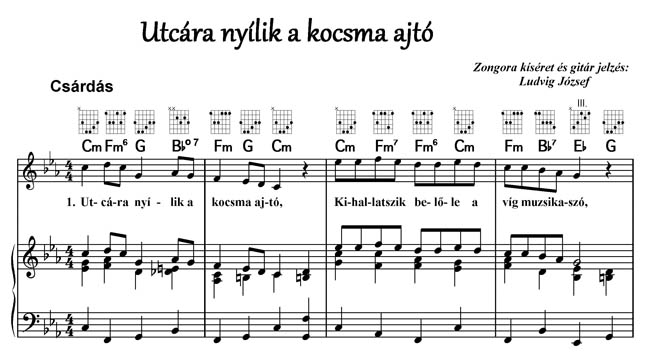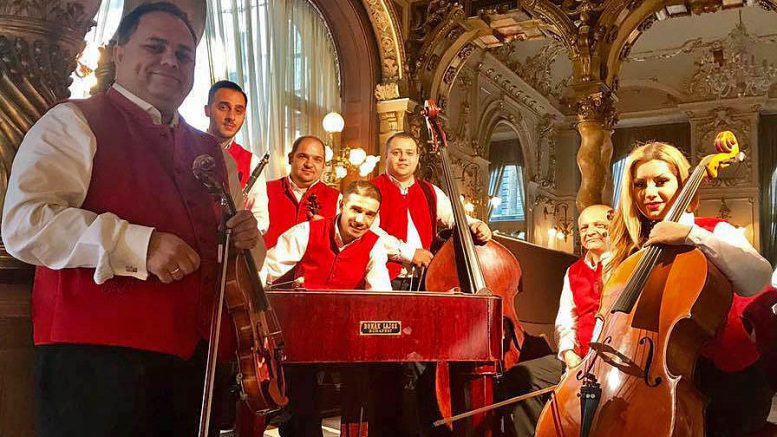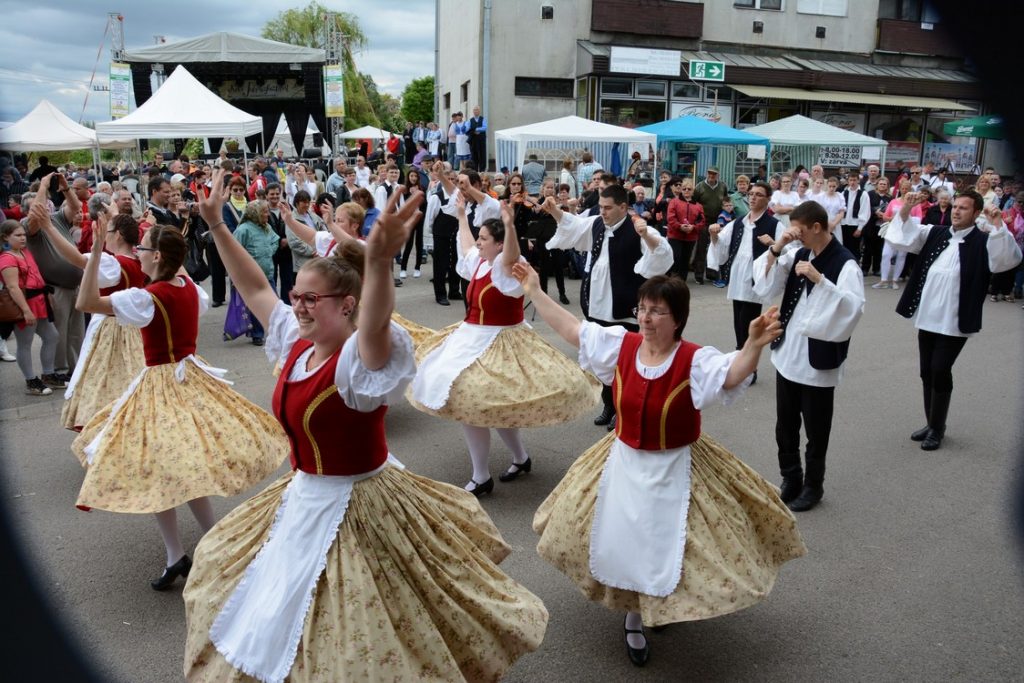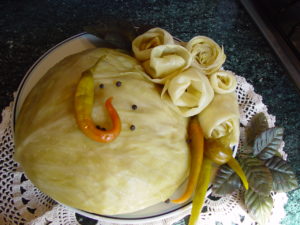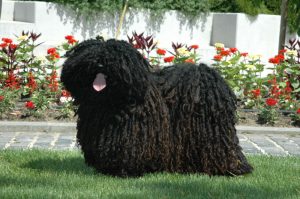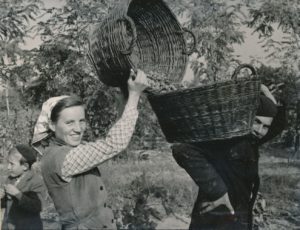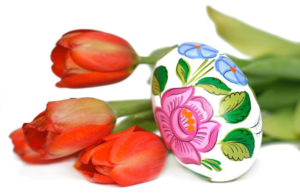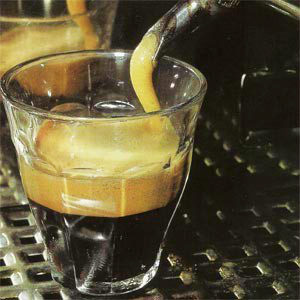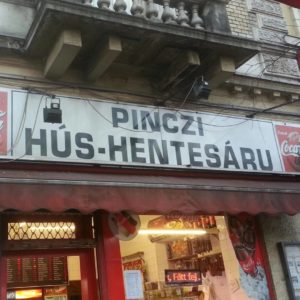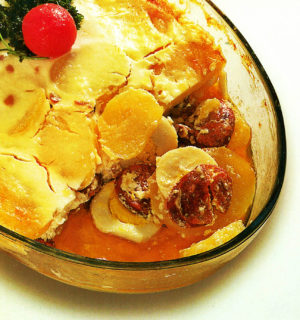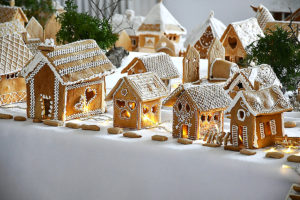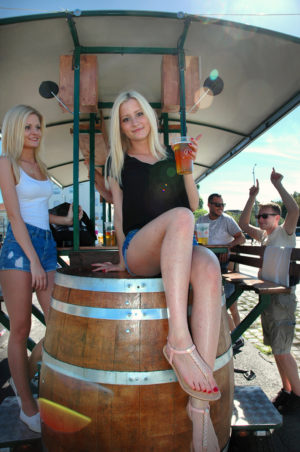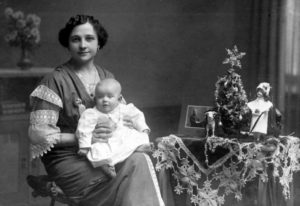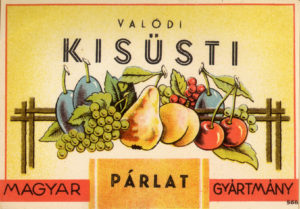The Hungarian “nóta”
Nóta, the special Hungarian music genre is a song-form that imitates folk songs but is different in content and function, understandable, and accessible to all members of society.
This genre is a lyrical song written by different authors, featuring both folk and art music, folkloristic and literary elements. In 2014, the Hungarian “nóta” was considered as Hungarikum.
Music of the nation
The Hungarian “nóta”, emerged and flourished at the beginning of the 18th century and it played a significant role in strengthening the identity of Hungarians. It clearly had an impact on the Hungarian vocabulary, it made certain foreign words to marginalize or disappear from our language.
The Hungarian song combines Hungarian verbunkos and Italian-Viennese music, and despite this complexity, it encouraged a kind of simplicity in the use of language. These songs gained great popularity, regardless of whether their authors were amateurs or well-known composers. The lyrics of a rural lawyer could have been as popular, as were the works of Zoltán Petőfi or Ferenc Erkel. This kind of music was played in upscale entertainment venues, city theatres, country pubs and cultural houses as well. Although the genre was primarily generated by the needs of the citizens, it reached all parts of society.
Folk theatre and Hungarian nóta
The history of the Hungarian song is closely related to the history of the Hungarian theatre. One of these oldest Hungarian songs, the Sárga Cserebogár, is almost as old as Hungarian acting. Its origins are obscured: it may have been created by the Déryné group or by László Kelemen’s first Hungarian-language theatre company in Pest.
The Hungarian nóta in the 19th century was primarily popular in the fashionable folk theatres. In these plays, the actors were singing a lot, and these songs soon became so celebrated that they were played everywhere.
The genre flourished and declined with the folk theatres: as the operettas and operas became more and more popular, the nóta was disappearing from the stage. But it made a great return in the 20th century, between the two world wars.
The relationship between Gypsy music and Hungarian nóta
The history of the Hungarian song was also fused with the music culture of the Gypsies, the art of musical performers beloved by all parts of society in that period, who made a great contribution to its preservation and dissemination.
Gypsy musicians performed in small taverns, noble mansions or royal palaces and succeeded everywhere with their music. The bands played the popular songs before the music sheets were published. However, when they were printed, in addition to the lyricist and composer, the Gypsy performer’s name was often included on the front page.
Folklorization of the Hungarian song
Although the authors of the songs are often known, in many cases these songs have become folklorized and the names disappeared. Especially in the case of songs that were close to folk music in lyrics or in style. It is a popular error to think that these are folk songs, and a lot of people couldn’t and can’t tell the difference.
Since the songs were typically performed on stage by peasant figures, and the melody structure and lyrics are very similar to those of folk songs, it reinforced the belief for the citizens and village people that these songs were indeed original folk songs.
Although the Hungarian nóta’s golden ages are over, it never disappeared from the culture: you can still hear songs at wedding receptions, on the radio, TV, and on Sundays, when Hungarian grandmothers are busy in the kitchen, their melodies are heard from many open windows.



